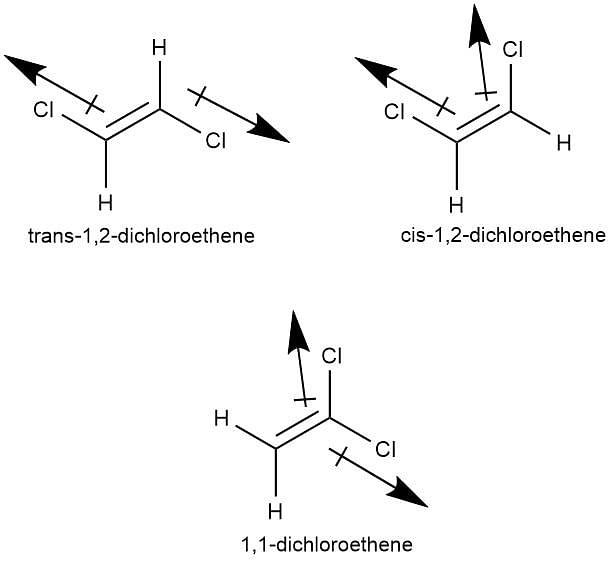NEET Exam > NEET Tests > Test: Introduction to Alkenes - NEET MCQ
Test: Introduction to Alkenes - NEET MCQ
Test Description
10 Questions MCQ Test - Test: Introduction to Alkenes
Test: Introduction to Alkenes for NEET 2024 is part of NEET preparation. The Test: Introduction to Alkenes questions and answers have been prepared
according to the NEET exam syllabus.The Test: Introduction to Alkenes MCQs are made for NEET 2024 Exam.
Find important definitions, questions, notes, meanings, examples, exercises, MCQs and online tests for Test: Introduction to Alkenes below.
Solutions of Test: Introduction to Alkenes questions in English are available as part of our course for NEET & Test: Introduction to Alkenes solutions in
Hindi for NEET course.
Download more important topics, notes, lectures and mock test series for NEET Exam by signing up for free. Attempt Test: Introduction to Alkenes | 10 questions in 10 minutes | Mock test for NEET preparation | Free important questions MCQ to study for NEET Exam | Download free PDF with solutions
Test: Introduction to Alkenes - Question 1
Identify the addition reaction which is not undergone by the alkenes
Detailed Solution for Test: Introduction to Alkenes - Question 1
Detailed Solution for Test: Introduction to Alkenes - Question 2
| 1 Crore+ students have signed up on EduRev. Have you? Download the App |
Test: Introduction to Alkenes - Question 3
Ethylene on reaction with bromine forms which among the following product?
Detailed Solution for Test: Introduction to Alkenes - Question 3
Test: Introduction to Alkenes - Question 4
Out of the following compounds , which will be have a zero dipole moment.
Detailed Solution for Test: Introduction to Alkenes - Question 4
Detailed Solution for Test: Introduction to Alkenes - Question 5
Test: Introduction to Alkenes - Question 6
Which of the following compounds react most readily with Br2(g)?
Detailed Solution for Test: Introduction to Alkenes - Question 6
Test: Introduction to Alkenes - Question 7
When propene reacts with HBr in the presence of peroxide, it gives rise to
Detailed Solution for Test: Introduction to Alkenes - Question 7
Detailed Solution for Test: Introduction to Alkenes - Question 8
Detailed Solution for Test: Introduction to Alkenes - Question 9
Test: Introduction to Alkenes - Question 10
Which of the following reactions is common in alkenes?
Detailed Solution for Test: Introduction to Alkenes - Question 10
Information about Test: Introduction to Alkenes Page
In this test you can find the Exam questions for Test: Introduction to Alkenes solved & explained in the simplest way possible.
Besides giving Questions and answers for Test: Introduction to Alkenes, EduRev gives you an ample number of Online tests for practice
Download as PDF




















